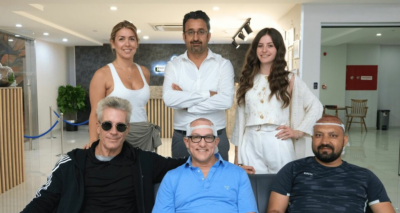The HopeBand can detect imminent narcotic overdose

The quantity of medication overdose passings in the US dramatically multiplied somewhere in the range of 1999 and 2016, with narcotics representing the greater part – in 2018, in excess of 115 individuals kicked the bucket from narcotic overdose each day. Presently, studies from Carnegie Mellon University have made a wearable gadget that could caution the wearer to a conceivable overdose, giving them enough time to control naloxone to turn around the circumstance. The HopeBand emits an alarm and conveys a warning instant message (which incorporates the wearer’s area) when it identifies low blood oxygen levels by means of heartbeat oximetry sensors, which work by shining LED light through the skin and recognizing light ingestion.
The gadget will screen low oxygen levels for 10 seconds before sounding the alarm.
“Imagine having a friend who is always watching for signs of overdose; someone who understands your usage pattern and knows when to contact [someone] for help and make sure you get help,” says Rashmi Kalkunte, a software engineering student at Carnegie Mellon University in Pittsburgh. “That’s what the HopeBand is designed to do.”
The group has yet been not able to test the gadget in genuine circumstances, yet says lab- on simulated inputs paint a positive picture for its ultimate application – and that later on, it would like to consolidate highlights that address the addiction part of narcotic use, and also overdose aversion.
The HopeBand will at first be appropriated for nothing out of pocket to narcotic users through needle exchange programs, yet a marketed rendition could, in the end, go at a bargain for somewhere in the range of $16 and $20 – a sensible value point that could have a real existence sparing effect to what is quickly turning into a general wellbeing emergency in the US.
Read this Instagram introduced the sideway timeline to users by accident
Image via Everyday Health
RS News or Research Snipers focuses on technology news with a special focus on mobile technology, tech companies, and the latest trends in the technology industry. RS news has vast experience in covering the latest stories in technology.












